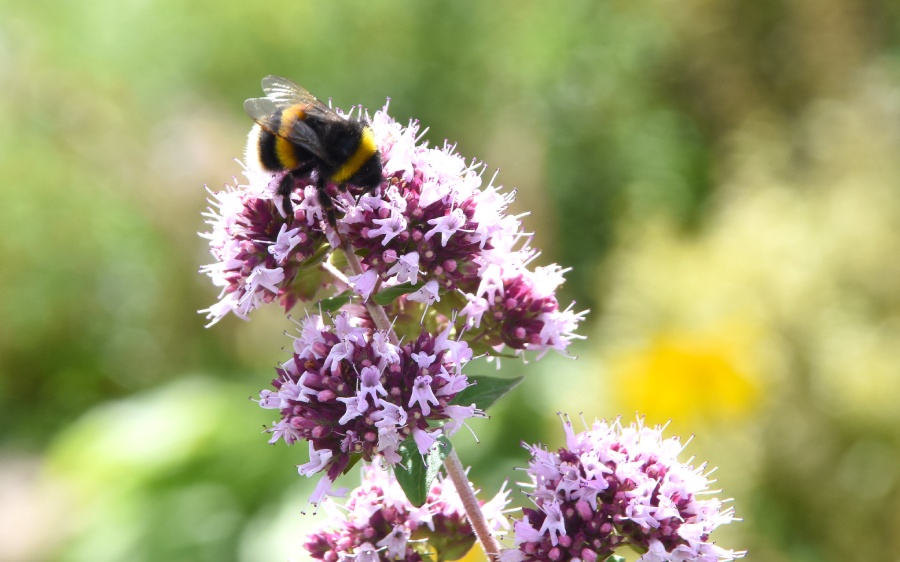
New ways of maintaining grasslands could result in environmental benefits for communities of the Falkirk area.
Introducing more trees, plants and wildflowers in grassy areas - as well as cutting grass less often - could benefit wildlife in our green spaces.
That’s the thinking behind a new initiative proposed by Falkirk Council’s resident environment experts, which will be introduced to 35 pilot sites across the area, including grass verges.
Research has shown that longer grass and wildflower meadows nurtured a significant increase in biodiversity - the variety of plant and animal life in the area - which is considered better for the environment.
Pilot
Pilot sites identified include Dollar Park, Zetland Park and Gala Park, as well as some road verges and other green spaces.
The study comes after a review of how grasslands are managed in Falkirk, carried out to identify changes that could help in the fight against massive biodiversity loss across the globe, and address the climate emergency.
What it means
Falkirk Council’s pilot study will experiment with delaying and reducing grass cuts, as well as introducing new trees, plants and wildflowers.
The project’s effectiveness will be assessed on criteria such as biological indicators, net carbon dioxide levels, and surveying land.
Falkirk Council’s biodiversity expert Anna Perks said:
"Biodiversity has plummeted around the world, and it is inextricably linked to the ongoing climate emergency.
By changing how we manage our grasslands in the Falkirk area, we're doing what we can to make good on our commitment to saving our environment."
617 hectares of grasslands are currently cut by Council teams, with an additional 27.74 hectares maintained by contractors.
Signage will be introduced at pilot sites to explain the actions of the study.